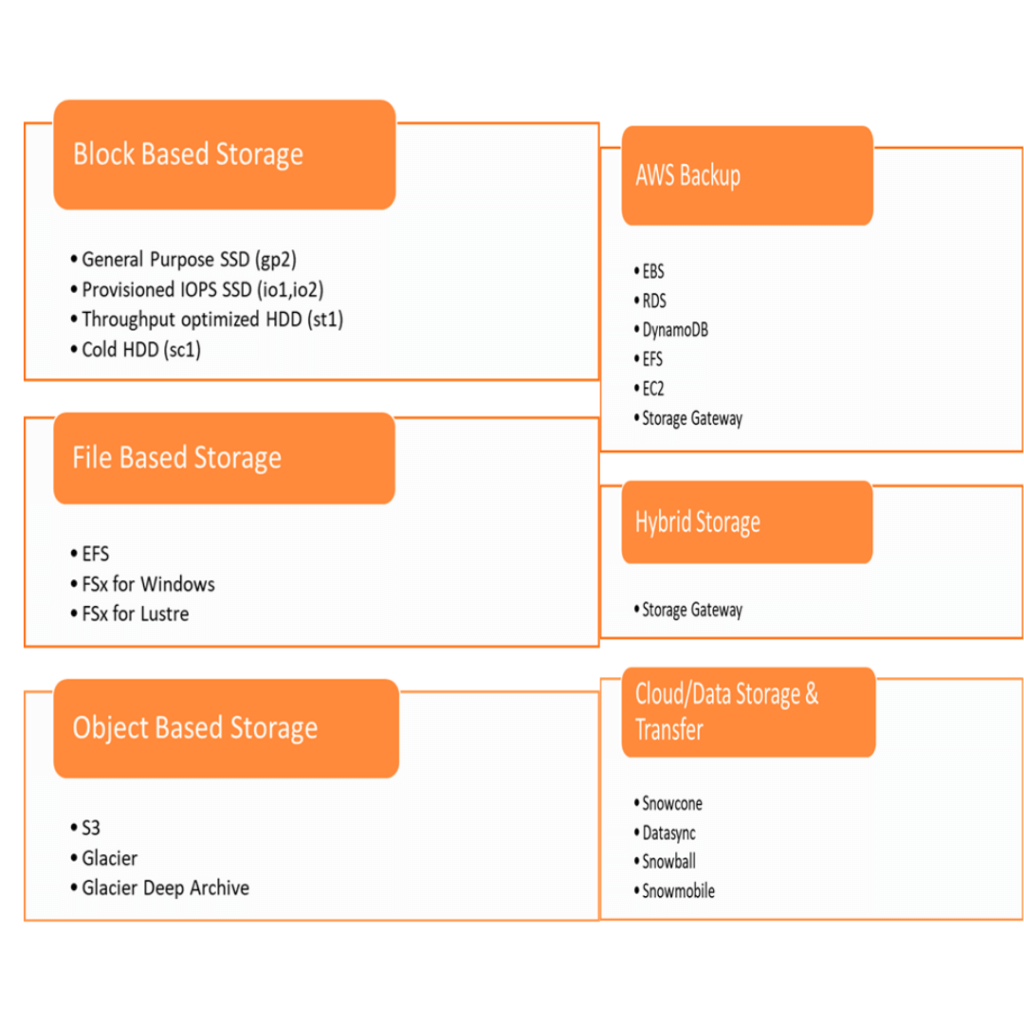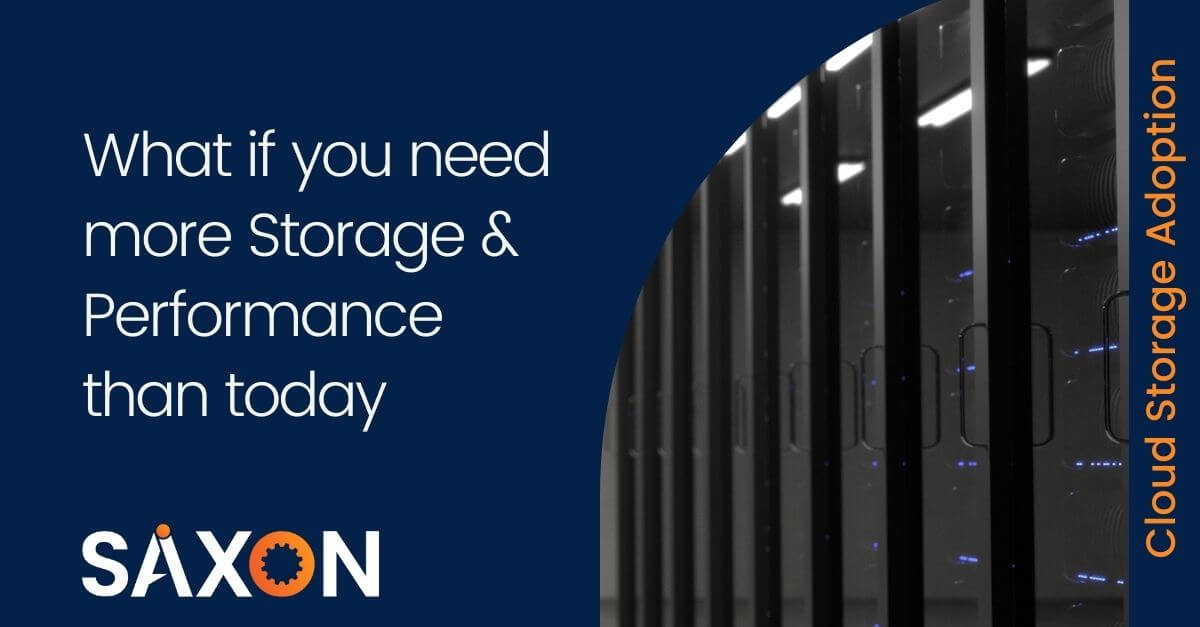Cloud Storage Adoption
In my previous blogs, we have discussed cost optimization (CO) recommendations of EC2 instances, Pricing models, Rightsizing, Savings plan, Compute optimizer, Important CO tools of AWS, burstable instances, etc..
In this blog, let us discuss the increasing demand for cloud storage adoption which has become a new norm. Cloud Storage adoption has been gaining popularity, due to data explosion & infrastructure spend in every sector of the business due to digitalization
As per IDC report, there are interesting facts that enable us to think about smart storage essentials. Few statistics are listed below for your reference


Challenges and Opportunities towards cloud storage adoption
In this data-driven era, it is been challenging for various industry verticals to manage the data in terms of capturing, retaining, analyzing, protecting, and decommissioning in a cost-effective manner as listed below.

Customers can overcome these challenges
- By following step by step approach to move from the Traditional IT model to Recurring Revenue model
- Identify your steps to profitability
- Accelerate time to business value
- Increase awareness towards new solutions around emerging technologies
- Start with a small cloud adoption solution and its value proposition
- Explore, Engage and Enable
- Consult AWS partners to
- Plan & Design
- Build and Migrate
- Run and Operate
- Optimize
AWS Cloud storage portfolio – High level overview
AWS offers various storage solutions which span across block, file and object storage. Other storage types include AWS Backup, Hybrid storage, Cloud storage & Transfer and Edge Storage.
Block storage is ideal for structured datasets such as databases that require consistent I/O performance and low latency. Typically, mission-critical applications, which are transactional and compute-intensive in nature, such as Oracle and SAP,
File storage solutions present unstructured data as a hierarchy of files in folders typically for home directories, file shares, collaborative applications, and so forth.
Object-based storage services are ideal data lake foundations with scale-out flexibility, frequent access options for current applications, and cost-optimized, long-term retention storage (nearline archival or cold storage) of very large repositories of unstructured data such as images and videos.


Evaluate cloud storage – Key considerations
Growing a sustainable and profitable business with cloud storage adoption has become new normal.
Careful analysis of the below factors at high level is recommended.
- Cost
- Optimize costs based on actual usage patterns
- Long-term cost reduction opportunities, through improved list price/ reusability of data
- Free/low cost services for data management
- Discounts offered based on resource commitments
- Performance
- Factor access and integration of adjacent services
- Security
- Protection against Malware
- Encryption during rest and transit
- Protection of data/Compliance
- Migration, Management of Data
- Reduction in manual tasks and prioritization of higher value activities?
Cloud storage adoption has mainly 2 advantages viz. The cost-effectiveness of using cloud resources and the other is more to do with data, as customers evolve, which increasingly seeks access to adjacent cloud and data services for a wider range of workloads, which allows them to gain more value from their cloud storage over time.
The availability of multiple storage services and options enables organizations to select the right storage for their needs and pay for only the functionality and storage performance required.
















